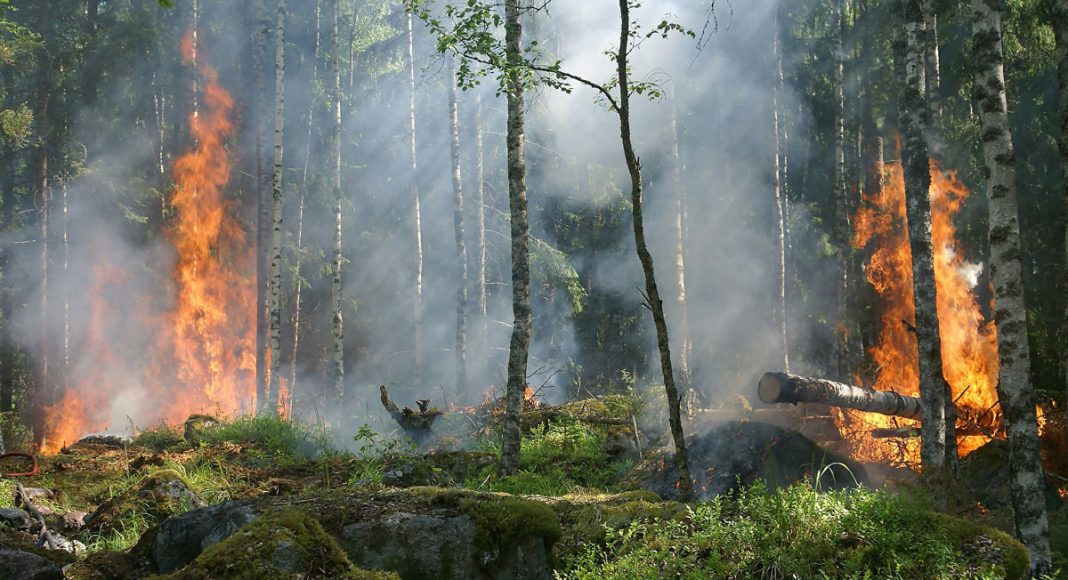For awhile now, scientists haven’t been able to identify why some wines have a terrible aroma that makes them undrinkable. Until now.
It turns out, smoke aromas are stored at the source: in the grapes. And wine producers aren’t aware of the off-putting tasting notes (have you ever described a wine as tasting like an ashtray? Not smokey, but a legit ashtray?) until the cork is popped and the nose is overcome by a terrible aroma.
(Stay with us, because this gets science-y.)
That’s because aroma is attached to sugar in plants. That same aroma can then be detached from the plant sugar and released through a process called glycosylation. What’s responsible for this process? An enzyme called glycosyltransferase. So when grape vines are exposed to fires, reports Science Daily, this link with sugar molecules makes the smoky off-notes more water-soluble. As a result, the grape vine stores the now no longer volatile smoke aromas.
-
Related Story: 4 Signs You Need To Send Back That Bottle Of Wine
As long as the grapes haven’t been harvested, the odorous smoke molecules can’t be detected.
Professor Wilfried Schwab and his team from the Professorship for the Biotechnology of Natural Products at theTechnical University of Munich breaks it down.
Now that we know how such a taste can develop, the next step is to try to cultivate grape vines with less glycosyltransferase. Or we’ll add a second sugar to prevent the release of the bad aromas.
Alternatively, reports Science Daily, yeasts that are not capable of releasing the smoke aromas could also be used during fermentation. The gene responsible for this could also be removed.
-
Related Story: How To Taste Wine Like A Professional In 10 Easy Steps
Now that vintners have access to this information, they can take measures to ensure the quality of their wines.


